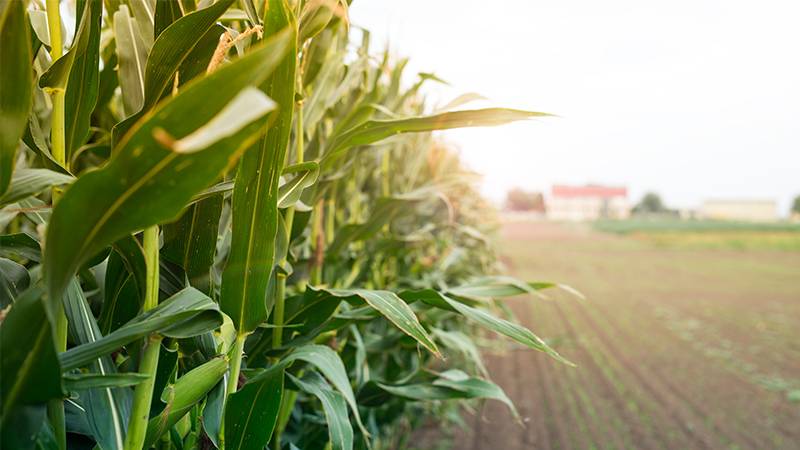Humans have tailored over half of the planet’s surface for just eight primary crops: maize, soy, wheat, rice, cassava, sorghum, sweet potato, and potato, forming the crux of global dietary intake. However, with an escalating global populace, experts are wary of further amplifying conventional industrialized farming that predominantly relies on synthetic fertilizers, pesticides, and high-yield seeds.
Researchers opine this current trajectory is neither sustainable from an environmental nor an economic perspective. So, how does one reimagine a food system that is not only sustainable but also diverse and healthy?
An intriguing study by a team of computer and crop scientists presents a potential solution. They recommend integrating a principal idea from computer science, called “abstraction,” to simplify and organize complex agricultural data. This would enable stakeholders to make informed decisions without immersing themselves in intricate details.
Modern agriculture, which took a giant leap in the mid-20th century, owes its growth to advancements like synthetic fertilizers and refined statistical methods for plant breeding. While this intensified production has undoubtedly increased food supply, it’s come at significant environmental costs. These include aggravated climate change, pollution of water bodies, and a rise in monoculture farming, which endangers diverse ecosystems.
In the U.S., there’s a growing inclination among farmers and researchers to diversify crops and embrace sustainable practices. However, the challenge lies in discerning which systems would thrive, especially in an era of unpredictable climate shifts.
Enter the novel approach conceptualized by the aforementioned team: viewing farms as “state spaces.” In computer science, a state space is a representation of all potential configurations a system can adopt. By applying this principle, farms and their crop layouts can be seen as specific states within an agricultural system, much like configurations in a chess game.
Both nature and human intervention can alter a farm’s state. A farmer might engage in activities like planting or fertilizing, while natural factors like rainfall or calamities could also impact the farm’s status.
Individual farmers don’t have the time or ability to do trial and error for years on their land. But a computing system can draw on agricultural knowledge from many different environments and schools of thought to play a metaphorical chess game with nature that helps farmers identify the best options for their land.
This perspective is game-changing. It equips farmers with a broader spectrum of choices, beyond the constraints of current farming systems. Leveraging computational prowess, farmers can simulate diverse farming strategies without spending years in on-ground trials.
For instance, with this approach, if one wanted to test multiple crop rotations involving various species, they could easily discern the most viable options using long-standing ecological research data.
A promising application lies in “intercropping,” wherein different plants are grown in proximity, each benefiting the other. Historical examples include the “three sisters” – maize, squash, and beans – a combination perfected by Indigenous farmers in the Americas. With both plants aiding the growth of the other, such systems exemplify sustainable and synergistic farming.
Additionally, modern practices like “agrivoltaics,” which marries solar energy production with traditional farming, showcase the potential of combining diverse elements for mutual benefits.
According to The Conversation, the researchers are in the process of developing software that models farming as state spaces, which would minimize the lengthy trial periods currently needed for agricultural innovations. This system is not just about refining existing methods; it’s about unearthing entirely new farming paradigms.
By deploying artificial intelligence, users can navigate through the state spaces, similar to strategizing winning moves on a chessboard.
Today, humanity possesses a broader array of plant species and comprehensive knowledge about their interactions than ever before. Harnessing this information through computational methods offers a promising pathway towards a sustainable, efficient, and adaptive agricultural future.
More inspiring green news similar to this:


